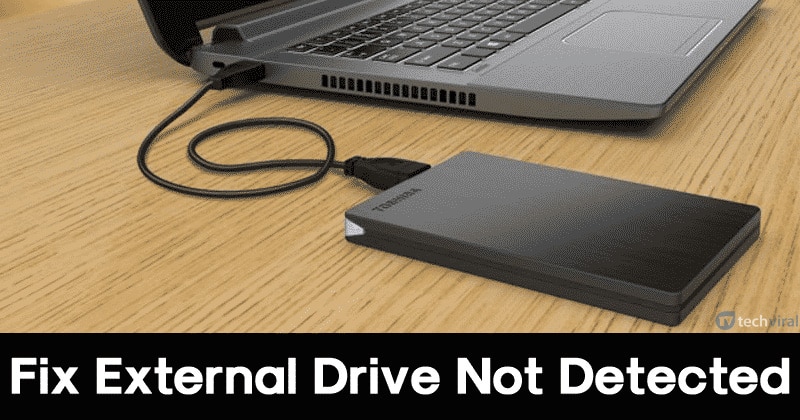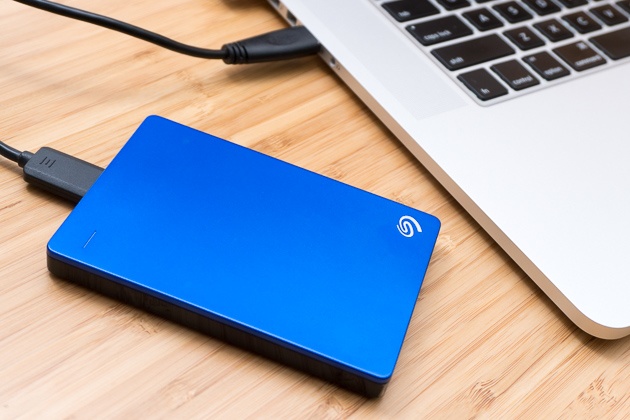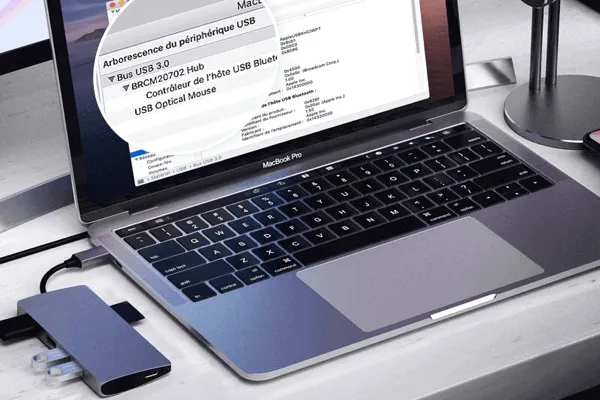

Up until version 2.2, Netatalk implemented the AppleTalk (DDP) protocol suite, allowing Unix-like operating systems to serve also as print ( PAP via a CUPS backend) and time (Timelord) servers for Macintosh computers. Starting with version 2.2, Netatalk supports AFP protocol level 3.3, which is inter-operable with all subsequent OS versions through at least macOS Ventura (13.1). Since version 2.0.5, Netatalk supports the use of Time Machine over a network in a similar fashion to Apple's own Time Capsule.
#NETATALK DRIVE NOT SHOWING UP MAC OS X#
In October 2004 Netatalk 2.0 was released, which brought major improvements, including: support for Apple Filing Protocol version 3.1 (providing long UTF-8 filenames, file sizes > 2 gigabytes, full Mac OS X compatibility), CUPS integration, Kerberos V support allowing true " single sign-on", reliable and persistent storage of file and directory IDs and countless bug fixes compared to previous versions. By the time the project started transitioning into an open source model in 2000, the "ASUN" fork had been merged back into Netatalk proper. In 1997 Adrian Sun created a popular fork, coding the initial implementation of the then-new AppleShare IP (AFP over TCP/IP) network layer. The original developer of Netatalk was Wesley Craig at the University of Michigan. With the release of Netatalk 3.0, the backend was re-implemented to use the Extended Attributes format that Apple had introduced with Mac OS X for backwards compatibility with Classic Mac OS resource forks. This was required in order not to ruin most files by discarding the resource fork when copied to the Netatalk served AppleShare volume. Since Classic Mac OS used a forked file system, unlike the host operating systems where Netatalk would be running, Netatalk originally implemented the AppleDouble format for storing the resource fork separately from the data fork when a Mac OS file was transferred to the Unix-like computer's file system.
#NETATALK DRIVE NOT SHOWING UP SOFTWARE#
CAP and Netatalk were also interoperable, the latter being able to be run on an AppleTalk backend provided by CAP.Īs part of transitioning the software into an open source community project, the codebase was moved to SourceForge for revision control in July 2000, then re-licensed under the terms of the GNU General Public License with version 1.5pre7 in August 2001. CAP also had its own implementation of AFP/AppleShare, but Netatalk appearing in 1990 claimed better performance due to software design advantages. In 1986 Columbia University published the Columbia AppleTalk Package (CAP), which was an open source implementation of AppleTalk originally written for BSD 4.2, allowing Unix servers to be part of AppleTalk networks. Netatalk emerged as a part of the software ecosystem around AppleTalk.

This was an early example of zero-configuration networking, gaining significant adoption in educational and small to mid size office environments in the late 80s. Apple had introduced AppleTalk soon after the release of the original Macintosh in 1985, followed by the file sharing application AppleShare (which was built on top of AFP) in 1987.


Netatalk was originally developed by the Research Systems Unix Group at the University of Michigan for BSD-derived Unix systems and released in 1990. It allows Unix-like operating systems to serve as file servers for Macintosh computers running macOS or Classic Mac OS. Netatalk (pronounced "ned-uh-talk") is a free, open-source implementation of the Apple Filing Protocol (AFP).


 0 kommentar(er)
0 kommentar(er)
